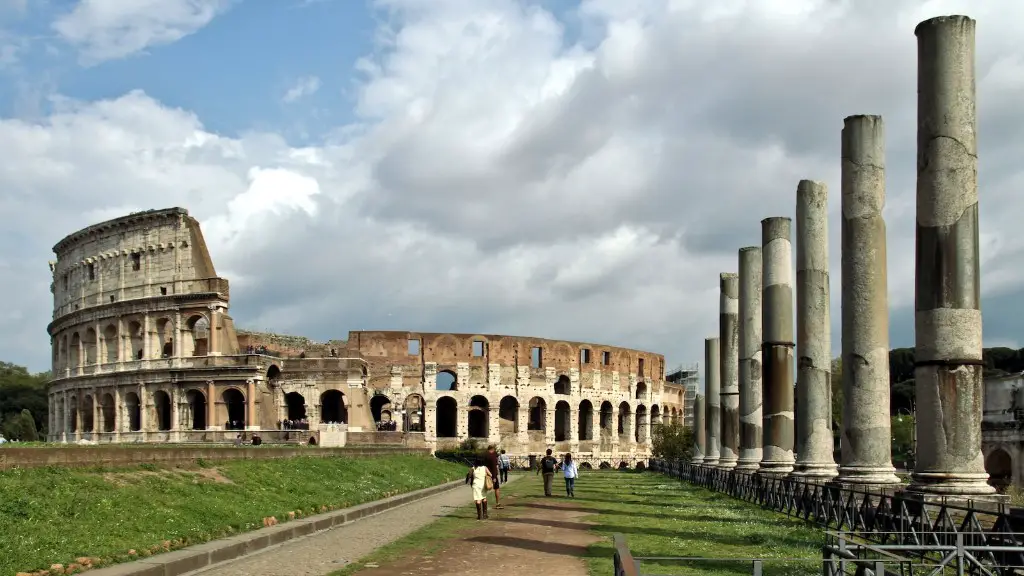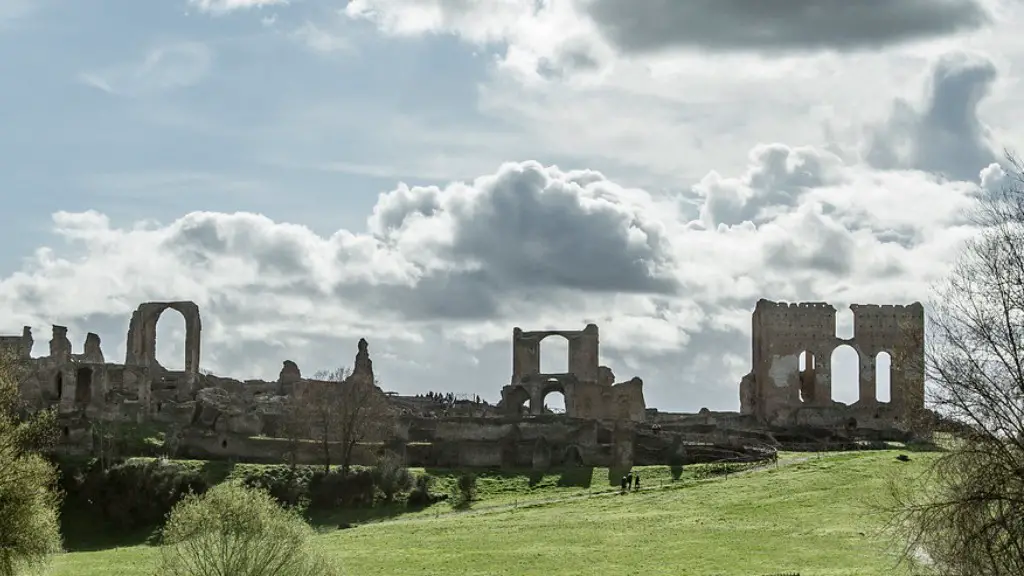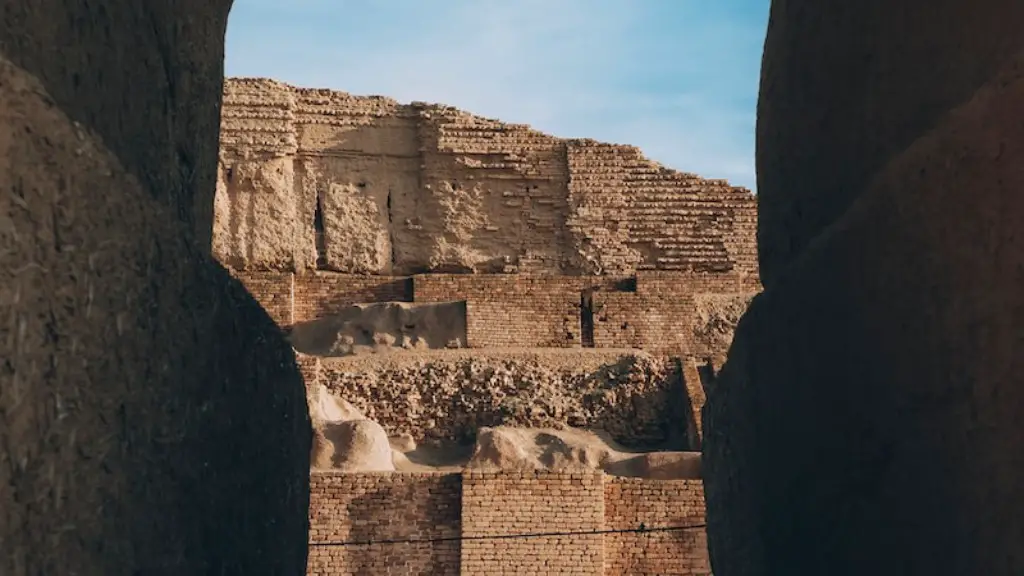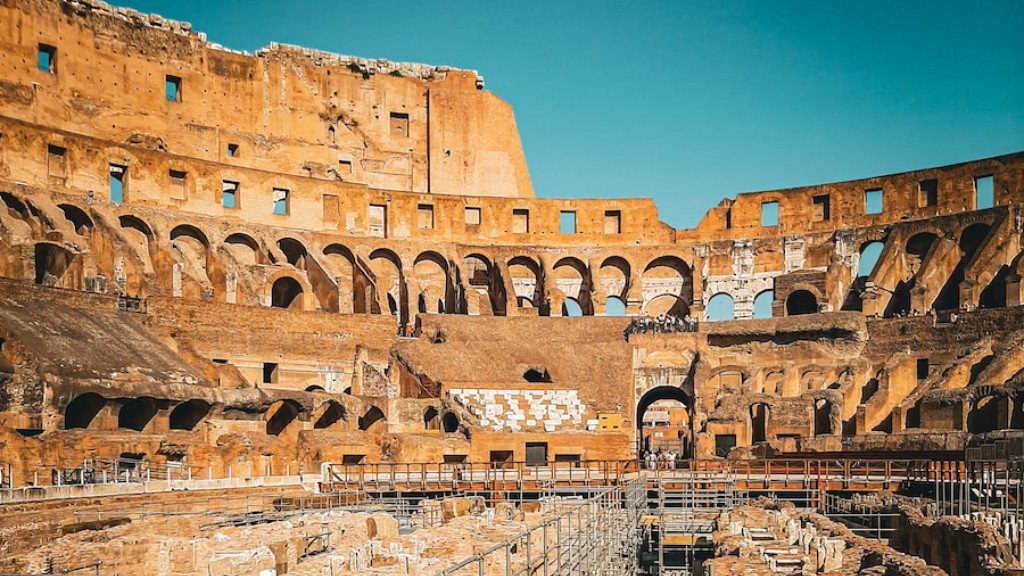Chariot racing was the most thrilling and popular sport in ancient Rome. It had the most devoted fans and attracted huge audiences to its venues. As a team sport, it proved to be an exciting way to experience the thrill of victory and defeat. While chariot racing was a form of entertainment, it also had important political, religious, and economic implications that impacted Roman society as a whole.
Chariot racing evolved during the Etruscan period, when races were held in the Circus Maximus in Rome. During this time, chariots were used as a form of warfare and military strategy. As the sport of chariot racing became popular, it began to be used to settle disputes between different cities and regions. It eventually developed into a highly controversial sport, with people betting large amounts of money on chariot teams.
Chariot teams were made up of chariots or quadrigae (four-horse teams). Drivers would race against each other on specially made tracks. The race usually lasted up to seven laps and the rules were very strict. The teams could choose either the inside or the outside of the track to begin the race, depending on their strategy. Thirteen chariot teams would compete in a race, and the winning team would be awarded a winner’s wreath made from olive branches.
Chariot races were very dangerous. The drivers would often put themselves in danger, as the chariots moved at high speeds. They also endured immense physical strain during the race, as they were constantly turning, shifting their balance, and finding a good grip on the wheels of the chariots to stay upright. As such, only the most experienced and talented drivers were allowed to take part in chariot racing.
The charioteers and their teams were highly regarded in ancient Rome. The winning teams were rewarded with a great deal of wealth and fame. Victorious drivers were highly esteemed and were often seen as the epitome of courage and athlete prowess. The best chariot drivers were even regarded by some as gods. In particular, the Roman Emperor Caligula was an avid fan of chariot racing and was known to have put his own drivers in the competitions.
Chariot racing also had a great effect on Roman society and culture. It was used as a way to foster unity among the people and to promote dignity and respect for the gods. The races were also used as a way to teach Roman citizens the importance of competition and the pursuit of excellence. Chariot racing was even seen as a way to honor and remember dead heroes, as the drivers that won were seen as guardians of Roman heroic and legendary characters.
As a sport, chariot racing in ancient Rome was both exciting and treacherous. The sport had immense political, cultural, and religious implications and was a beloved form of Roman entertainment. As chariot teams competed against each other, their drivers raced in pursuit of glory and honor. Although the sport has died out, it is still remembered as one of the most thrilling sports of the ancient world.
Symbolism
Chariot racing held a lot of symbolism for the people of Rome. It represented the unity of Roman people, and the pursuit of excellence. Chariot teams and drivers were seen as powerful symbols of bravery and courage, and winners were awarded with a winner’s wreath made out of olive branches. The wreath was seen as a symbol of victory and honour, and was a popular symbol among the Romans. Chariot racing was even equated with the gods, as the four horse team was likened to the chariot that Greeks believed was driven by the sun god, Helios.
Victories at chariot races were seen as a sign of divine approval, and so races were sometimes held to honour Roman gods or war heroes. The Romans believed that charioteers were favoured by the gods and it was believed that the gods could be pleased by offerings and sacrifices. Races therefore served both to bring honour to the gods and to garner divine approval for Roman activities.
Chariot racing was also used for political purposes. It was sometimes used as a way for certain political factions to get their point across or for a new ruler to gain popular approval. Chariot racing was used as way to promote or further certain political or religious agendas. It was also seen as a sign of unity within the Roman empire, with chariot races being held in different cities in order to bring the people together.
Dangers
Chariot racing may not seem as dangerous as other sports, but it was still a highly risky activity. Charioteers were expected to drive their chariots as fast as possible, often at breakneck speeds. Drivers were constantly turning and shifting their balance and were expected to find a good grip on the horses and chariots to stay upright. This often resulted in serious accidents, with drivers being thrown from the chariots or horses being injured or killed.
The tracks were also very dangerous. They were often made of dirt, with hazards such as stones, sharp turns and high walls. Drivers would often have to avoid obstacles and other chariots in order to stay in the competition. As such, driving skills and experience were crucial for success in chariot racing. Injuries were common and often very serious, with some charioteers even dying from their injuries.
Popularity
Chariot racing was a popular sport in Rome. It attracted huge crowds and was an essential form of entertainment for citizens. People were passionate about the sport and were willing to bet large amounts of money on the success of their teams. Victories brought great honor and status to the winning teams and charioteers. This led to some players becoming hugely famous and respected citizens in the Roman world.
In terms of religious aspects, chariot racing was also seen as a way to honor the gods and commemorate the dead. Races were often held in the Circus Maximus in honor of the gods and as a way to remember fallen heroes. Chariot racing was also seen as a way to teach Roman citizens the importance ofgood sportsmanship and honor. Victories at chariot races could even bring favor from the gods, resulting in a divinely-ordained success for the Roman people.
Influence
Chariot racing had a great influence on Roman society. It was used as a way to bring people together, to foster unity and to further certain political and religious causes. The sport also had a great effect on the culture and language of Rome. Charioteers were held in high esteem and were seen as champions and heroes in the eyes of the people.
The influence of chariot racing can still be seen today. It is still referenced in literature and art and many cities in Europe, such as London, still have chariot tracks that were built centuries ago. Chariot racing has also been immortalized in films and television shows, making it an enduring part of the cultural consciousness. All in all, chariot racing had a truly impressive impact on ancient Rome, and its influence can still be seen today.
Modern Perspective
These days, chariot racing is often seen as a form of entertainment. It is viewed as a spectacle, where teams compete against each other to win prize money and fame. We no longer race chariots on tracks, but the same themes of victory, honor, and glory still remain. Modern chariot racing is a fun and exciting way to experience the thrill of competition that the Romans enjoyed centuries ago.
Today, we are also able to appreciate the influential role chariot racing played in Roman society and culture. Chariot racing was used as a way to bring people together, to foster unity, and to promote excellence. It was also a way to honor and remember those who had passed on. The sport still resonates and has left an indelible mark on our culture, values, and beliefs.
While chariot racing may no longer be as popular as it once was, it remains firmly entrenched in our collective imagination. Its legacy lives on and its influence still carries with it a timelessness and relevance that can still be seen in popular culture today.




